#northern renaissance art
Text

Reference drawing of Juana I of Castile for the Tomb of Maximillian I by Jörg Kölderer (1522)
#peep the little pomegranate🥹#juana i of castile#juana of castile#joanna of castile#juana la loca#maximilian i#art#art history#history of art#drawing#northern renaissance art#northern renaissance#renaissance art#renaissance#renaissance history#16th century art#16th century#sixteenth century#16th century fashion#1500s#history#holy roman empire#holy roman emperor#tomb#early modern#flemish art#Flanders#netherlands#netherlandish art#austrian art
453 notes
·
View notes
Photo
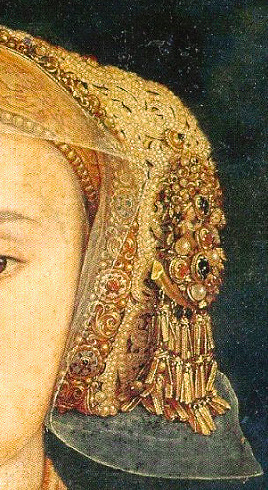



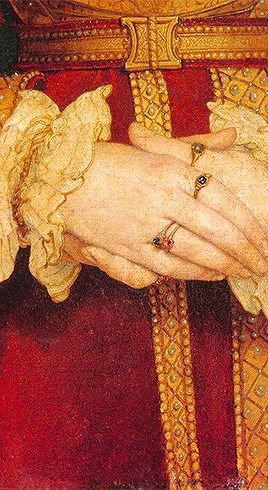


TUDOR WEEK 2022
DAY 1 FAVORITE PORTRAIT OF TUDOR FAMILY MEMBER(S) → ANNE OF CLEVES
Portrait was painted by Hans Holbein the Younger in 1539.
Oil and tempura on parchment mounted on canvas.
Current home: Musée du Louvre, Paris.
This is my favorite not only because of Anne’s beautiful dress or her Stickelchen Cap, but because unlike a majority of Tudor portraits at this time, Anne has a faint smile.
#anne of cleves#anna of cleves#tudorweek2022#dailytudors#artedit#art#hans holbein the younger#16th century#northern renaissance#northern renaissance art#tudors#tudoredit#art details#painting#painting details#tudorerasource
490 notes
·
View notes
Text
Influential Renaissance artist Albrecht Dürer was born #OTD (21 May 1471 – 6 April 1528). Lots of posts today with his most famous animals like the rhino, stag beetle, hare, etc., but he illustrated lots of other cool critters too, like this cute crab! 🦀
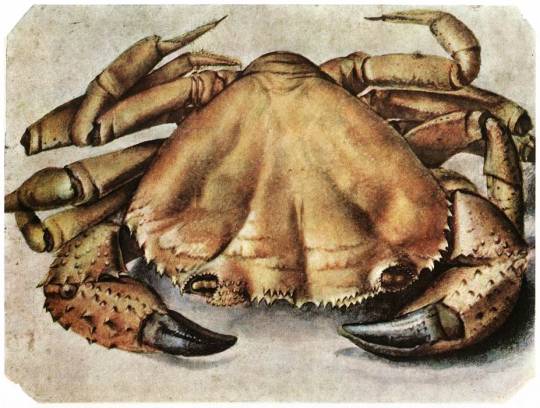
Crab, 1495
watercolor & gouache, 2.63 x 3.55 cm
Museum Boijmans Van Beuningen
Here are some book recommendations from my library to learn more about his many works focused on animals:

1. Dürer's Animals
2. Nature's Artist: Plants and Animals by Albrecht Dürer
3. Albrecht Dürer and the Animal and Plant Studies of the Renaissance
#Albrecht Dürer#German art#European art#Renaissance art#15th century art#16th century art#Northern Renaissance art#crab#crustacean#painting#watercolor#nature study#natural history art#sciart#scientific illustration#Museum Boijmans Van Beuningen#birthday post#OTD#book recommendation#Amazon Associate
22 notes
·
View notes
Text
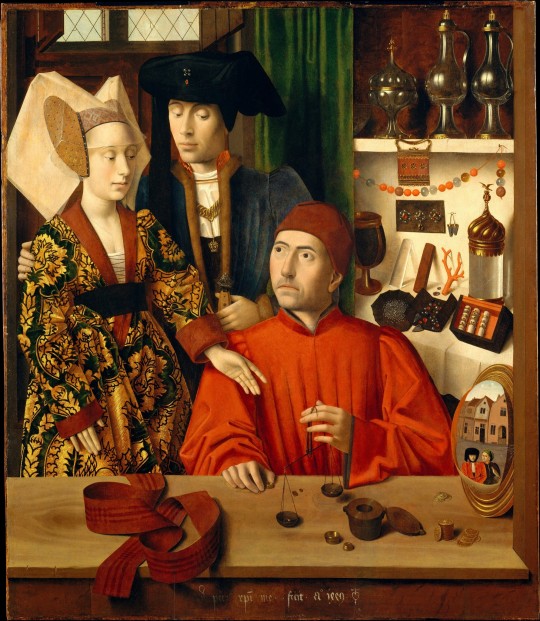
A Goldsmith in his Shop by Petrus Christus
Netherlandish, 1449.
After the death of Jan van Eyck, Petrus Christus modeled himself as the next van Eyck, who may have been his master when Christus was a student. He became the leading painter in Bruges and was active from 1444 until his death in 1475/76.
This piece is a bit of an enigmatic one as it's patron and intent isn't entirely clear. For a while, this painting was assumed to be a depiction of the patron saint of Goldsmiths, St. Eligius, and had a halo. However, further study revealed that this halo was a later addition and was removed. It's unclear when the halo was added, though the identification of the figure as St. Eligius might be traced back to a series of letters around the turn of the 19th century. It could be that this was a vocational portrait, one of the first portraits outside of an ecclesiastical setting in it's time, advertising a goldsmiths guild. It also may have been commissioned by Philip the Good as a gift to Mary of Guelders upon her marriage. If this is the case, the young couple may be intended as a portrait of the couple, shown buying rings and with a wedding girdle stretched upon the table before them. The painting celebrates the sanctity of marriage, and the cracked mirror in the foreground contrasts this sacrament with the figures in the street, who hold a falcon, a symbol of pride and greed, as a moral dichotomy. This mirror is also meant as a callback to van Eycks techniques of painting reflection, notably the similar convex mirror in his Arnolfini portrait.
Though this is not an ecclesiastical piece, it still holds potential hidden symbolism, such as the scales in the goldsmiths hands (a reference to St. Michael weighing souls), the coral in the background (a symbol of baby Jesus), and the chalice on the shelf (a symbol of the eucharist). Overall a piece with an interesting history.
#art history#art history student#art#oil painting#painting#renaissance#northern Renaissance#flemish#flemish art#netherlandish#netherlandish art#northern Renaissance art#Renaissance art#petrus christus#jan van eyck#a goldsmith in his shop
8 notes
·
View notes
Text
Linoleum Print WIP
Victoria, our Printmaking blogger, shares her sketches and creative process in order to create a linoleum print. She shares some photos of her sketches, and tells us how she plans to move forward once she gets to the final steps. Check out her blog!
The semester is nearing it’s end, which means that it has been pretty busy juggling assignments and preparing for finals. I’m taking Northern Renaissance Art currently, and our final project for that class is to make a type of presentation about 3 pieces of artwork during the era.
Personally, anything would be better than writing several pages of an informative paper, so ultimately I chose to…
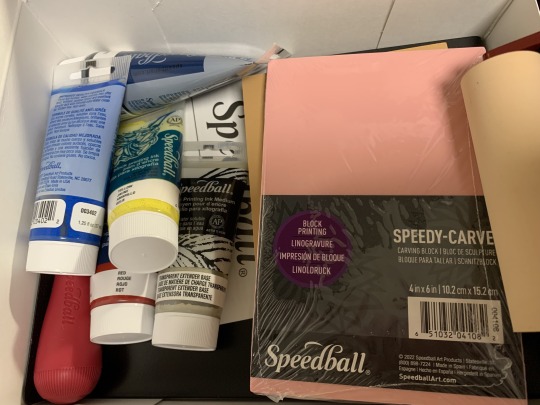
View On WordPress
#Albrecht Durer#Art#carving tools#Illustration#inspiration#Lino Cut#linoleum#linoleum block#linoleum prints#Marywood Art#Marywood Art Department#Marywood University#Marywood University Art Department#Northern Renaissance Art#PRINT#Printmaking#sketch#The Met#trifold#Where Creativity Works
0 notes
Text


Here is a two-sided drawing featuring pillow studies and a self-portrait by Albrecht Dürer. Enjoy your weekend, but don't forget to sleep!
These images come from The Metropolitan Museum of Art's collection on JSTOR, which is free and open to all!
#albrecht dürer#albrecht durer#durer#rennaisance art#northern renaissance#drawing#pillows#self portrait#open access#art#jstor
1K notes
·
View notes
Text

The Holy Trinity, Lucas Cranach the Elder, ca. 1515
#Trinity Sunday#liturgical calendar#liturgical year#art#art history#Lucas Cranach the Elder#religious art#Christian art#Christianity#Holy Trinity#Northern Renaissance#German Renaissance#German art#16th century art#paint on lime panel#Museum der bildenden Künste
266 notes
·
View notes
Text

Ascent of the Blessed, ca. 1500-1504, by Hieronymus Bosch
#hieronymus bosch#art#Christian art#northern renaissance#visions of the hereafter polyptych#painting#benimpost
388 notes
·
View notes
Text
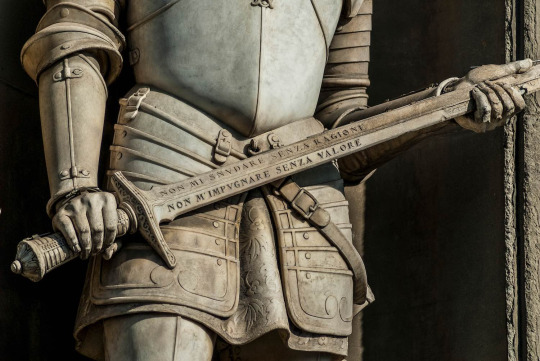
Detail of the Statue of Italian Condottiero Lodovico de' Medici, also known as Giovanni delle Bande Nere
“Non mi snudare senza ragione. Non mi impugnare senza valore.”
“Do not unsheathe me without reason. Do not wield me without valour.”
#statue#knight#sword#art#renaissance#italy#history#europe#european#armour#condottiero#uffizi#florence#forlì#northern italy#medici#ludovico di giovanni de' medici#giovanni delle bande nere#lodovico de medici#knights#swords#statues#sculptures#sculpture#spada#condottiere#condottieri
2K notes
·
View notes
Photo


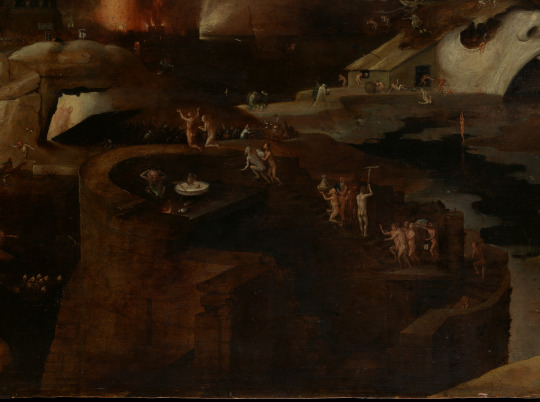



Follower of Hieronymus Bosch - Christ's Descent into Hell, late 16th century.
1K notes
·
View notes
Text
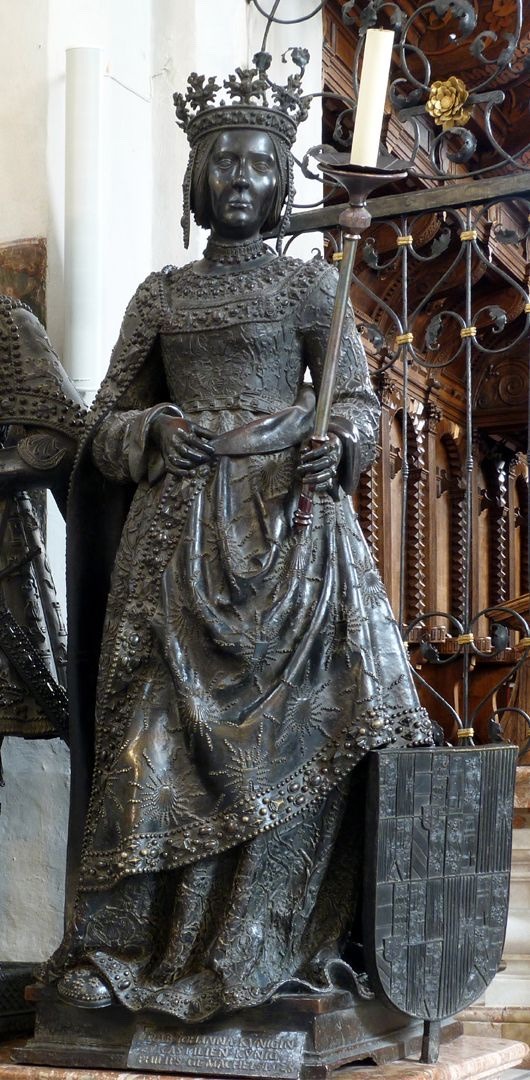

Bronze statues of Juana I of Castile and Archduchess Margaret of Austria in the Empty Tomb of Emperor Maximillian I
#juana of castile#juana i of castile#joanna of castile#Joanna I of Castile#Margaret of Austria#tomb#art#bronze sculpture#bronze statue#northern renaissance art#northern renaissance#renaissance art#renaissance#sixteenth century#16th century art#16th century#art history#history of art#maximilian i#holy roman empire#holy roman emperor
82 notes
·
View notes
Text
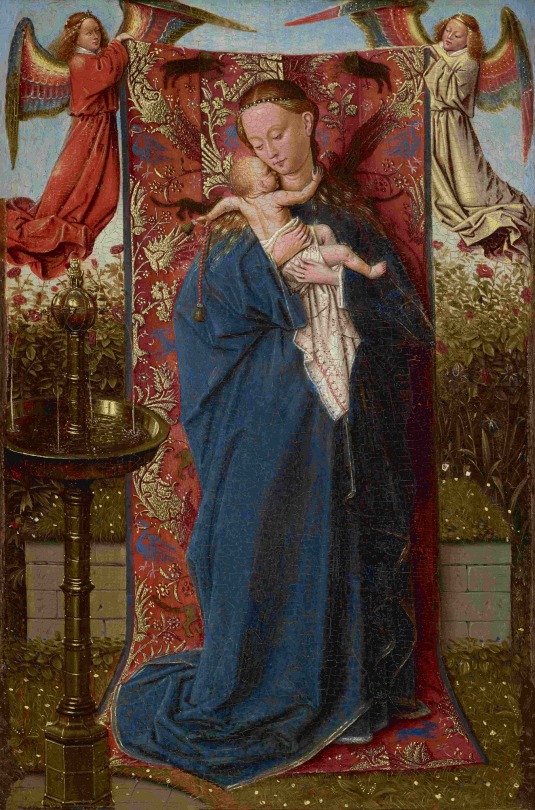
The Madonna at the Fountain (1439) by Jan van Eyck (c. 1390-1441), oil on panel, 19 x 12 cm, Royal Museum of Fine Arts, Antwerp ©www.lukasweb.be -Art in Flanders Photo: Hugo Maertens
#the madonna at the fountain#jan van eyck#15th century#painting#religious painting#oil on panel#royal museum of fine arts#antwerp#belgium#northern renaissance#renaissance#realism#symbolism#netherlandish art#spiritual#material#flemish painter#flemish art#art#fine art#mary#the madonna#jesus#jesus christ#christ
40 notes
·
View notes
Text

Albrecht Dürer (German, 1471–1528) • Great Piece of Turf • 1503 • Private collection
#albrecht dürer#german artist#still life#northern renaissance#renaissance art#gothic art#natural still life#art#painting#fine art#artist#painter#art lover#art blog#blogging art#collection still life blog
94 notes
·
View notes
Text
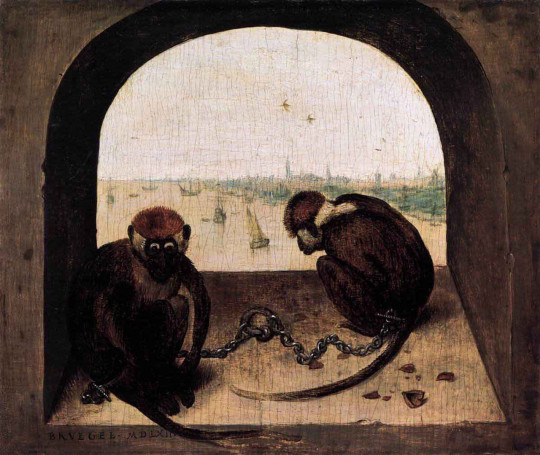
Pieter Bruegel the Elder, "Two Monkeys", 1562
#pieter bruegel the elder#art#painting#northern renaissance#antwerp period#animal painting#oil on oak wood panel#paintings#16th century#oil painting#animals in art#monkey#monkeys#16th century art
88 notes
·
View notes
Text


Ari Vatanen and the Peugeot 205 T16 in action, 1985 Monte-Carlo Rally // Hunters in the Snow, oil on panel by PIETER BRUEGEL the ELDER, 1565
23 notes
·
View notes
Text
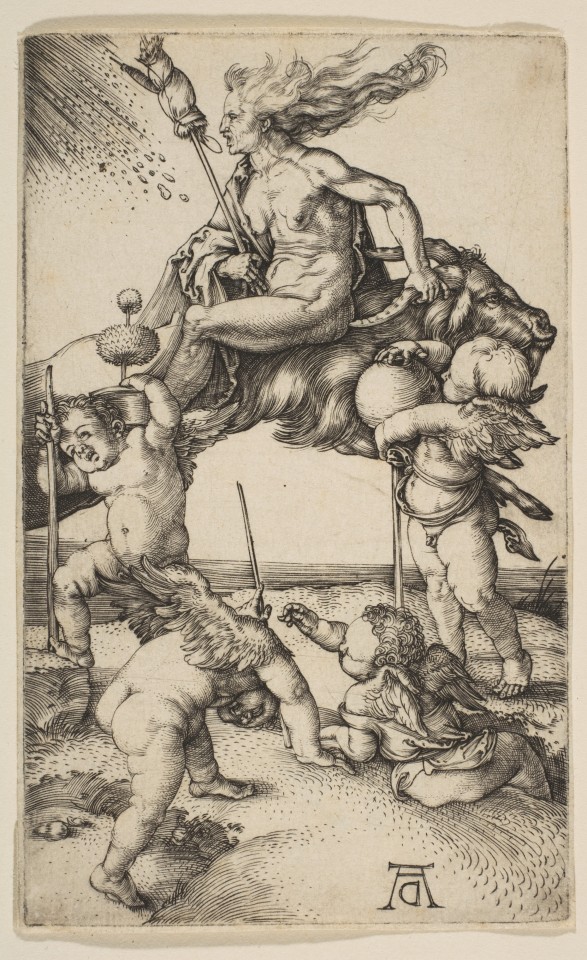
The Witch, Albrecht Durer, 1500
#the witch#Albrecht durer#durer#witch#1500#1500s#16th century#northern renaissance#renaissance#print#art
40 notes
·
View notes